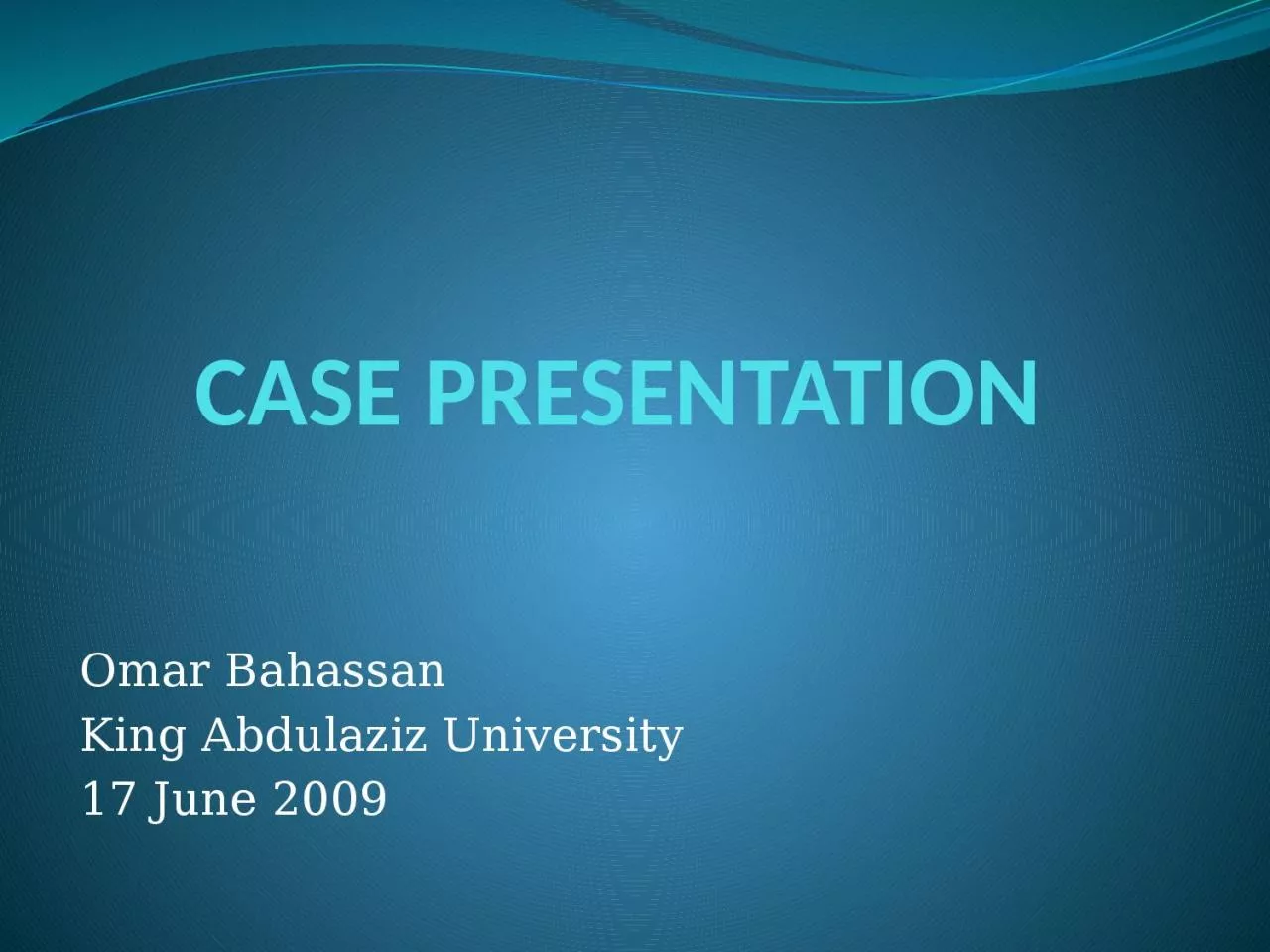PPT-CASE PRESENTATION Omar Bahassan
Author : oneill | Published Date : 2024-03-15
King Abdulaziz University 17 June 2009 On 7 th June Saturday ER doctor called Patient is having penile ulcer perineal mass History 65 years old male Not known
Presentation Embed Code
Download Presentation
Download Presentation The PPT/PDF document "CASE PRESENTATION Omar Bahassan" is the property of its rightful owner. Permission is granted to download and print the materials on this website for personal, non-commercial use only, and to display it on your personal computer provided you do not modify the materials and that you retain all copyright notices contained in the materials. By downloading content from our website, you accept the terms of this agreement.
CASE PRESENTATION Omar Bahassan: Transcript
Download Rules Of Document
"CASE PRESENTATION Omar Bahassan"The content belongs to its owner. You may download and print it for personal use, without modification, and keep all copyright notices. By downloading, you agree to these terms.
Related Documents














